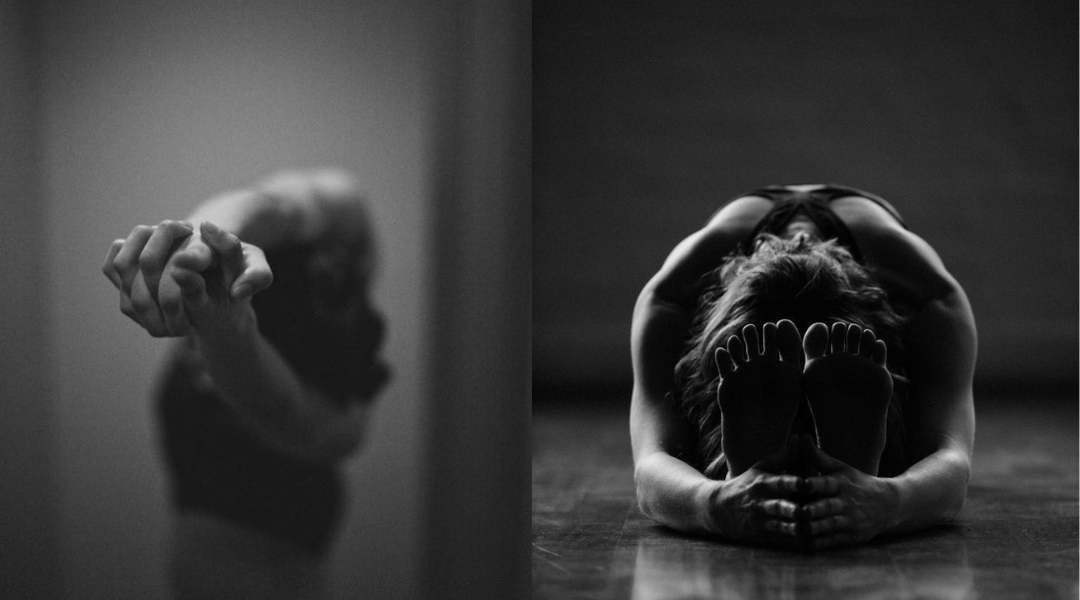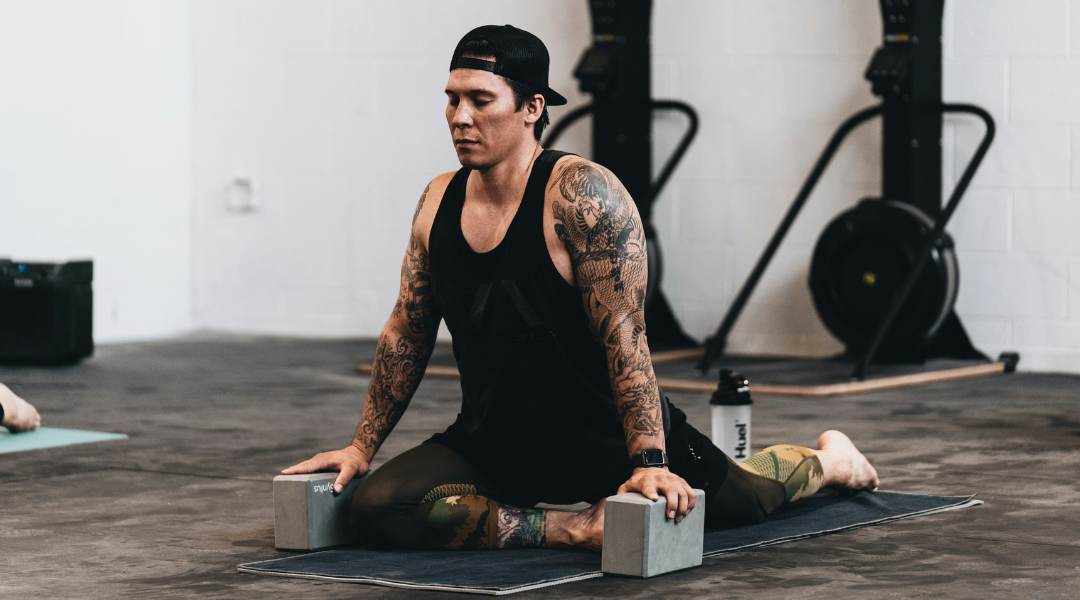Stillness After the Sweat: What My 90-Minute Bikram Yoga Irvine Class Taught Me

When Movement Ends, Stillness Begins
Recently, I walked into Bikram Yoga Irvine for a full 90-minute heated yoga class. No music. High heat. A fixed sequence. But what surprised me most wasn’t the sweat—it was the moments of stillness woven into each posture and transition. The instructor repeatedly reminded us: “When the pose ends, find stillness. Move into savasana now.”
I realized: this isn’t just a physical practice. It’s a training ground for the mind. Because movement without stillness feels incomplete. And in yoga—especially heated yoga—what happens on the mat can mirror what happens in life.
What Makes the Experience Unique
At Bikram Yoga Irvine, you commit to the full 90-minute sequence in a room heated to replicate intense environmental conditions. That heat caps the body’s comfort zone, demanding presence.
The teacher’s cue stuck with me: “I can tell how balanced someone’s mind is by how quickly they stop their movement and go into stillness.”
Here’s why that matters:
-
Stillness after movement is a signal to the nervous system that you can transition—not just physically, but mentally.
-
It trains you to pause, listen, and allow instead of reacting always.
-
And this capacity for stillness under pressure? It carries into your daily life—into deadlines, conversations, and transitions.
The Science Behind Movement + Stillness
Research supports this profound link between motion + pause:
-
A study titled “Swaying Mountains: Moving into Stillness in a Hot Yoga Community” explores how the interplay of movement and stillness in hot yoga can shift sensory awareness and mental clarity. ResearchGate+1
-
A review of the health effects of the Bikram method found improvements in “mindfulness” and physiological markers in hot yoga practitioners. PMC
-
Many yoga sources emphasize that cultivating stillness is more than the final pose—it’s a skill, a mindset, a pathway. Bikram Yoga Chadds Ford
In this class, the invite to “stop, settle, sense” became palpable. Movement demanded exertion; stillness demanded surrender. Both were essential.
Why This Matters Off the Mat
If you can stop when you're supposed to—transition from action to rest, from doing to being—you’re better equipped for life’s unscripted moments.
The ability to pause is a strength:
-
In a heated boardroom, you find your breath instead of reacting.
-
In a relationship, you listen instead of responding impulsively.
-
When life gets hot (metaphorically), you remind yourself: “I’ve been here. I can rest now.”
My Gear Saved My Flow
Through all 90 minutes, I practiced on my favorite towel—the Unalome Yoga Gaia towel (orange edition). Hot rooms test gear. The heat reveals weak links. And my towel held strong: no slipping, no distraction, no second-guessing. It allowed me to be present, and that matters when you’re training stillness.
Try This Next Time
If you’re curious, I’d suggest this:
-
Book a full-length hot yoga session (90 minutes if you can) at a studio like Bikram Yoga Irvine – link Bikram Yoga Irvine+1
-
When the instructor cues stillness during transitions, lean into it. Pause. Feel. Listen.
-
After class, observe: did your mind ease? Was your day smoother?
-
Commit to one silent moment after the mat—5 minutes of conscious rest—and let the practice ripple outward.
Final Thought
On the mat, movement matters. But what matters more is what follows it: the stillness. Because yoga isn’t just what you do—it’s who you become in the space between actions.
Find your stillness. Let it transform your flow—on the mat and in life.
✦ Namaste,
Valerie | Founder, Unalome Yoga


